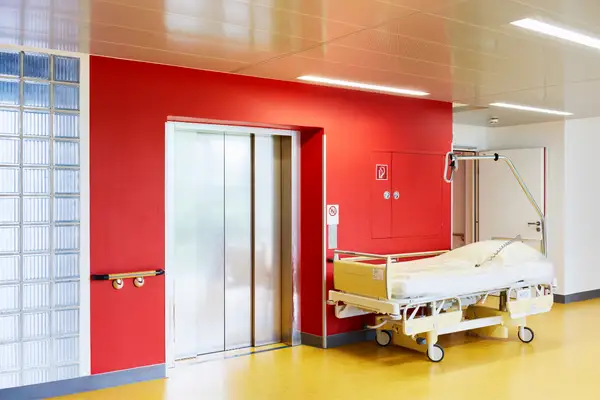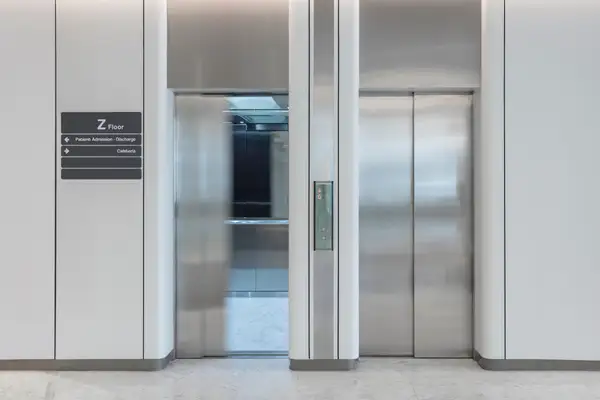
Types of Elevator
There are a few types of elevators that can be found in hospitals. These elevators vary in price, size, and speed. Some of the more popular elevators include the freight elevator, the medical elevator, and the double-deck elevator.
The freight elevator is usually used to move large items between floors. It is the most expensive type of elevator and can take the longest to get from one floor to another.
The medical elevator is used to transport patients between different parts of the hospital. It is faster than the freight elevator and is also smaller in size.
The double-deck elevator is a type of elevator that has two decks. This allows it to travel faster than other types of elevators and is also larger.
Factors To Consider When Choosing An Elevator
When selecting an elevator for the hospital, there are a few things to remember. The type of elevator needed will depend on the size and scope of the building, as well as the number of patients that will be using it. Some factors to consider when making this decision include weight capacity, speed, and safety features. Safety is one of the most important features when selecting an elevator. Hospitals often have very large elevators, which can pose a lot of danger if they malfunction. Some elevators also have sensors that detect a problem and automatically stop working. When choosing an elevator, select one that meets your specific needs.

The Pros and Cons Of Each Type Of Elevator
There are many factors to consider when choosing an elevator, but here are a few key points:
The type of building you have. Is it residential? Commercial? Industrial? All three? The type of building will dictate the kind of elevator best for you. For example, if the building is industrial and you want to move large equipment up and down the shafts, you need an industrial elevator with heavy-duty components that can handle the weight.
The space is available in each shaft. Some elevators are very small and can fit only one or two people comfortably; others can hold up to 15 passengers at once (or more!). If your building has multiple floors, you’ll need to ensure enough room for all those passengers to get on and off each floor safely without being squished together like sardines in a can!
Elevator maintenance costs. Several types of elevators are available on the market today, but some require more maintenance than others. For example, hydraulic systems require regular oil changes because they don’t have sealed bearings like electric motors; if you don’t maintain these systems properly, they will wear down quickly and break down completely stop working altogether! This could result in an
How To Choose The Right Lift For Your Hospital
When choosing the right elevator for your hospital, there are a few things to consider. First, what type of facility is your hospital? If it is a, you’ll need an emergency lift in a hospital with multiple buildings; you’ll need a hand if your hospital is a single building with limited emergency room access. A regular lift may be more appropriate.
Next, what floor do you need the elevator on? For example, if you have an emergency room on the first floor but patients on floors 2-5, you’ll need an emergency lift that can go to all five floors. A regular lift will be fine if you only need an emergency lift to go to the first floor or lower.
Finally, how many people are going to use the elevator at once? If it’s just one person using the lift at a time, then a regular lift will be fine. But if you have several people using the elevator at once (for example, when it’s being used for transport), then an emergency lift will be more appropriate.

Conclusion
When choosing the best elevator for your hospital, there are a few things you need to take into account. First, the dimensions of the elevator must be able to fit inside its shaft. Second, you will want an elevator that is both comfortable and safe for patients and medical staff. And finally, consider the price tag: an expensive elevator may be worth it if it provides better safety or greater efficiency than a cheaper option.

